The History of the Flats in Cleveland
The Cleveland Flats is a historically significant area in Cleveland, Ohio, known for its unique blend of industrial, commercial, and residential developments. The area’s history can be traced back to the early 19th century and reflects the city’s evolution over time.
Early History (1796-1850s)
- 1796: Moses Cleaveland, the city’s namesake, arrived at the site which would later become the Flats.
- Industrial Beginnings: The Flats began as a low-lying area near the Cuyahoga River, initially used for shipbuilding and as a trading post.
- Growth of Industry: By the mid-19th century, the area started to attract more industrial enterprises, particularly iron foundries, oil refineries, and steel mills, thanks to its proximity to the river and the Ohio and Erie Canal.
Boom Period (1860s-1920s)
- Industrial Expansion: The Flats experienced significant industrial growth during this period. The construction of railroads and the rise of Cleveland as an industrial center contributed to its development.
- Economic Significance: The area became a hub for iron and steel production, playing a crucial role in Cleveland’s economic boom.
Decline and Neglect (1930s-1970s)
- Economic Shifts: The Great Depression and subsequent economic shifts led to a decline in manufacturing, impacting the Flats.
- Urban Decline: Like many industrial areas in U.S. cities, the Flats experienced neglect, with factories closing and the area becoming rundown.
Revitalization and Entertainment District (1980s-2000s)
- 1980s Revival: A revival began in the 1980s, transforming the Flats into a popular entertainment district with bars, restaurants, and nightclubs.
- Mixed-Use Development: This period saw a shift towards mixed-use development, blending commercial, residential, and recreational uses.
Recent Developments (2010s-Present)
- Continued Revitalization: The Flats continues to evolve, focusing on sustainable development and attracting a diverse mix of businesses and residential options.
- Modernization: Recent developments include modern housing, office spaces, and the enhancement of public spaces, parks, and riverfront areas.
Significance
- Cultural Impact: The Flats is not just an industrial hub but also a cultural and recreational area, reflecting the city’s resilience and adaptability.
- Historical Legacy: The area embodies the industrial history of Cleveland, showcasing the city’s transition from a manufacturing powerhouse to a modern, diverse urban landscape.
The history of the Cleveland Flats is a microcosm of the American industrial story, illustrating the rise, fall, and resurgence of an urban industrial area. Its ongoing transformation into a vibrant mixed-use community highlights the potential for urban revitalization and adaptive reuse of industrial spaces.
David Clark
It's Nice to Share





































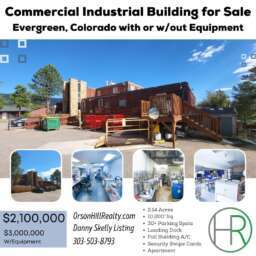




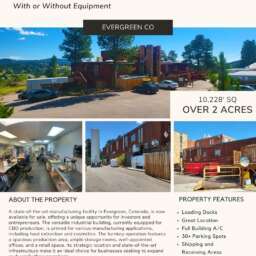
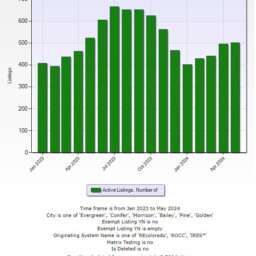



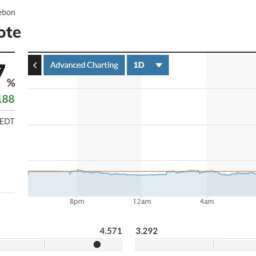




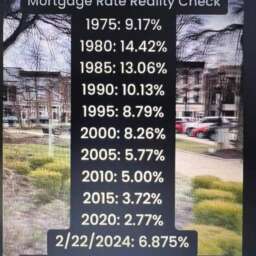


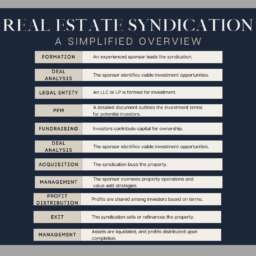
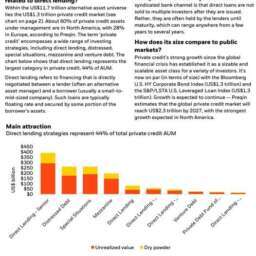


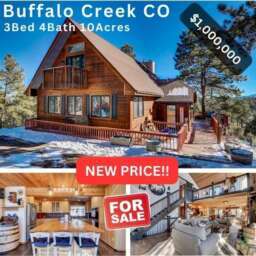







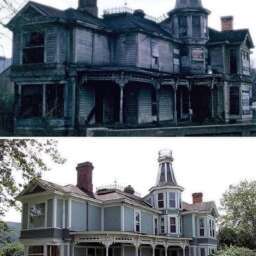



















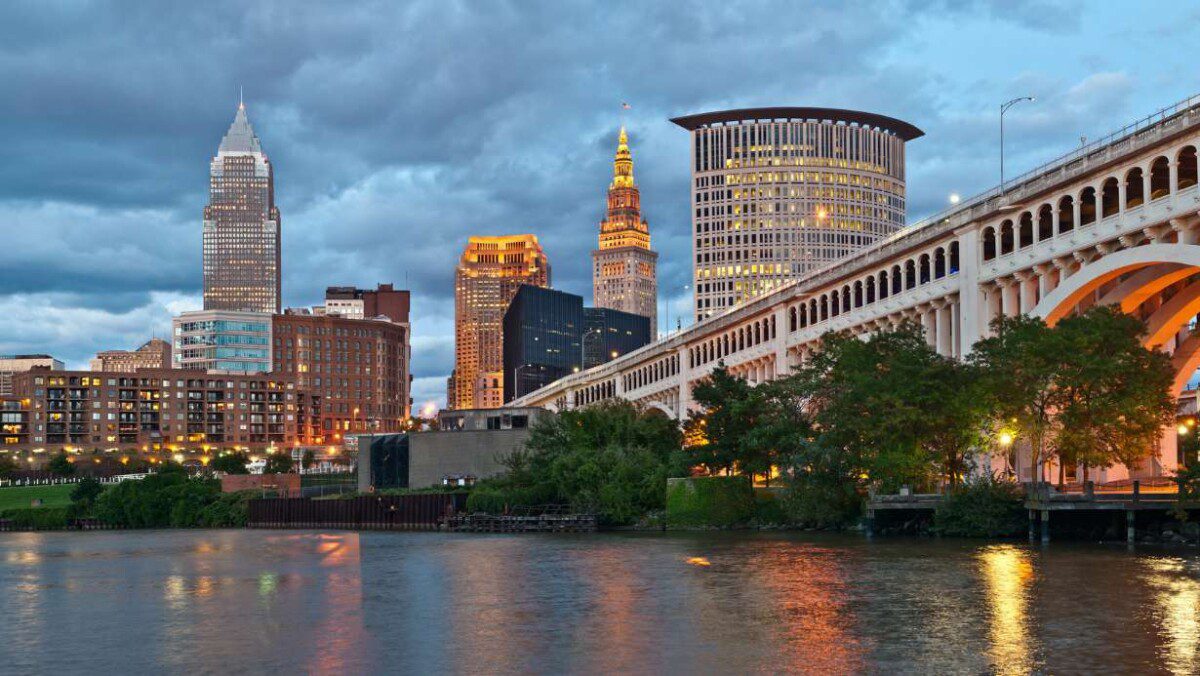

Comment, Write a Blog Post, Create Groups, Get Seen!
Comments, Opinions and Facts Go Here...👇